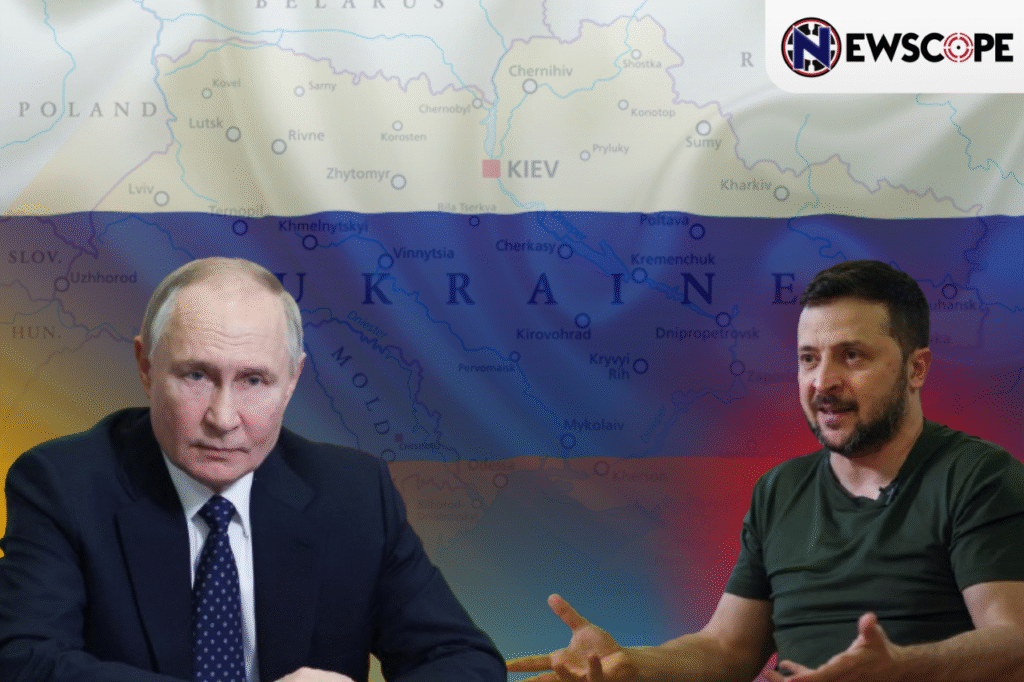Russian President Vladimir Putin’s unilateral 30-hour “Easter truce” in Ukraine is set to expire, with heavy fighting expected to resume. Announced abruptly on Saturday, the ceasefire was intended to halt hostilities from 6 p.m. Saturday to midnight Sunday, with Putin assuming Ukraine would reciprocate. However, mutual accusations of violations broke the fragility of such gestures amid a war marked by deep mistrust.
Ukrainian President Volodymyr Zelensky agreed to mirror Russia’s pause but reported nearly 3,000 Russian violations, including 1,882 shelling incidents, 812 involving heavy weapons. Russia’s Defense Ministry countered, claiming Ukraine launched over 900 drone attacks and 444 strikes, alleging civilian casualties. Zelensky has dismissed Putin’s declaration as a “PR exercise” designed for headlines rather than peace.
The truce’s timing raises questions about its intention. Coming days after the Trump administration signaled impatience with stalled peace talks, Putin’s move appears aimed at appeasing U.S. demands for progress while shifting blame to Kyiv. Ukraine’s call to extend the truce to 30 days, aligning with a prior US backed proposal Russia rejected, have gone unanswered.
This isn’t the first time a holiday fuelled ceasefire between the two warring nations has failed. The 2023 Orthodox Christmas truce, which Kyiv rejected, suspecting Russian regrouping tactics. The current stalemate, with Russia controlling roughly 20% of Ukraine, including Crimea, and recent gains in Kursk, suggests Putin’s truce was less about humanitarianism and more about political posturing.



